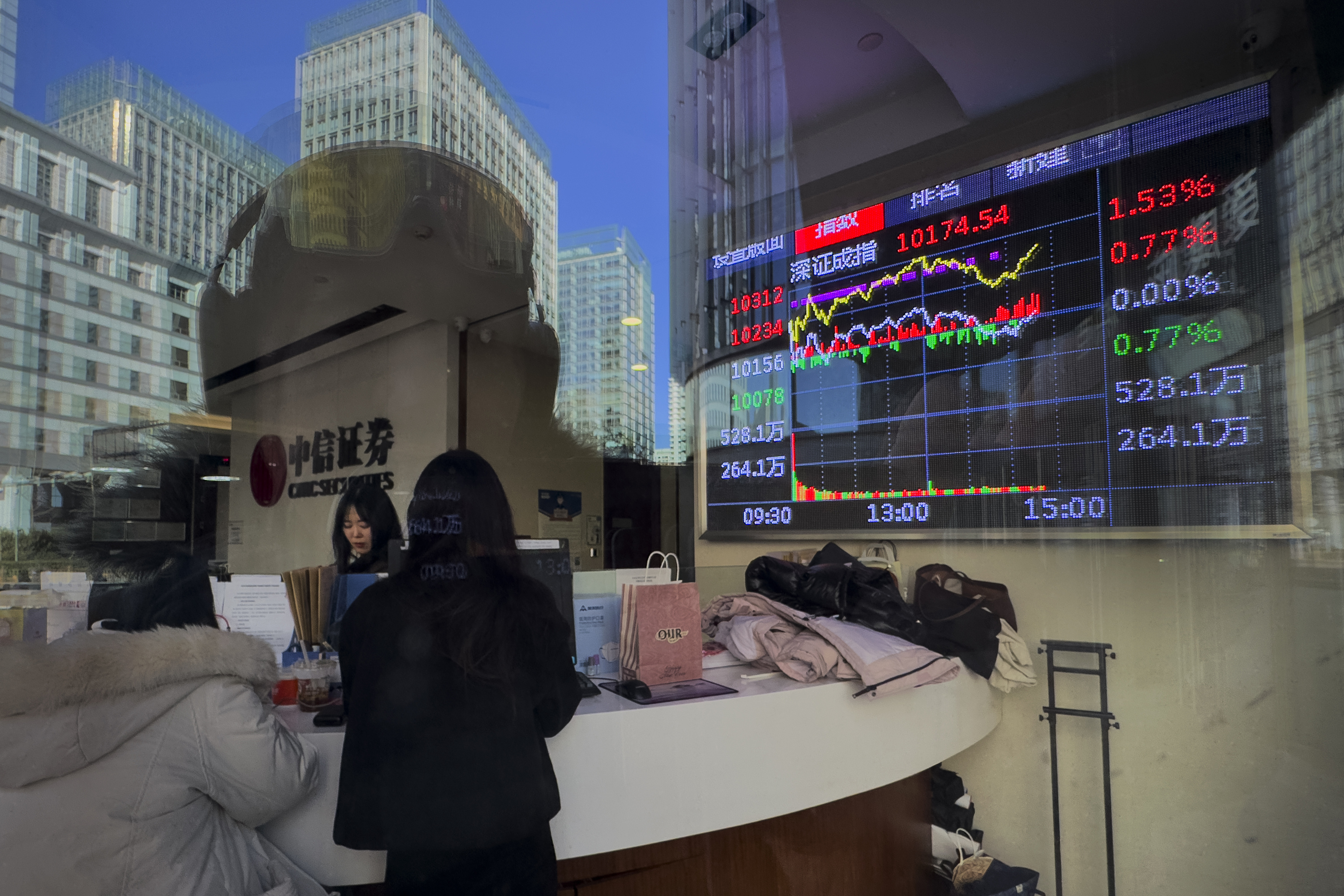The China that Donald Trump sees as a major rival in 2025 is very different from the one he knew in 2017 during his first term in the White House. Back then, the growth of the giant Asian economy was around 7%. Now, Beijing's leaders are pleased because the GDP managed to achieve the 5% growth target in 2024. Domestically, China is facing more turbulence than when the trade war with the US started in 2018. However, it has also diversified its export markets and reduced its dependence on the US over the years, preparing in case Trump returned with a desire for a new tariff fight.
The first shots were fired by the Republican when he imposed additional tariffs on the three main trading partners of the US: Canada, Mexico, and China. Trump temporarily suspended the tariffs on the first two. But the recent negotiations with China did not end well. The Asian superpower waited until Tuesday for the 10% tariffs on Chinese products to take effect, which are far from the 60% that Trump threatened during the electoral campaign.
While millions of Chinese were returning home on the last day of the Chinese New Year holidays, Beijing announced 10% to 15% tariffs on certain American products, from liquefied gas to oil, as well as new restrictions on the imports of critical minerals and an unusual antitrust investigation against the tech giant Google.
China's response, as many observers share, has been very measured. Capital Economics, a UK-based research firm, estimates that these tariffs target a maximum of $20 billion of annual imports from the US, around 12% of the total, compared to the $450 billion worth of Chinese products subject to Trump's tariffs.
Both giants on the geopolitical board are setting the tone for their relationship, signaling that, aside from leaving the door open for negotiations, the trade war 2.0 has officially begun. Is the world's second-largest economy prepared for the exchange of tariff blows while dealing with its many internal issues (weak consumption, real estate crisis, local government debt, high youth unemployment, foreign capital outflow...)?
"The best possible retaliation, from China's point of view, is to defend from a position of strength. While many observers believe that China is now in a weaker position to face a new trade war, it has actually strengthened its economy to cope with a more hostile international environment," says researcher Yan Liang from the Levy Economics Institute, a US-based think tank.
"China's exports to the US accounted for 19.3% of its total exports in 2018, which dropped to 14% in 2024. Two years ago, for the first time, China exported more to countries that have joined the Belt and Road Initiative [the new Silk Road, President Xi Jinping's flagship foreign policy project] than to the US, the European Union, and Japan combined. By facilitating and allowing the Global South to join global trade through a series of investments in infrastructure and connectivity, China can reap the benefits of more diversified export markets," Yang continues.
As the researcher explains, in recent years, to reduce its dependence on the US economy as was the case during Trump's first term, Beijing has strengthened its trade agreements in Africa, South America, and Southeast Asia, becoming the top trading partner of over 120 countries. China has significantly increased its commercial presence and supply chains worldwide, especially establishing close ties with many emerging economies that rely on low-cost Chinese products.
Moreover, many analysts see Trump's protectionist strategy as a great opportunity that Beijing can benefit from if it can position itself as a stable and attractive trading partner, even strengthening commercial ties with Washington's old allies.
During the first trade war that Trump unleashed in his first term by imposing tariffs on Chinese products worth around $550 billion (China, in turn, responded by applying tariffs on American products worth $185 billion), Beijing established mechanisms to make tariff barriers less painful, such as increasing foreign investments to establish a local production chain and devaluing the Chinese yuan to mitigate tariff impacts.
